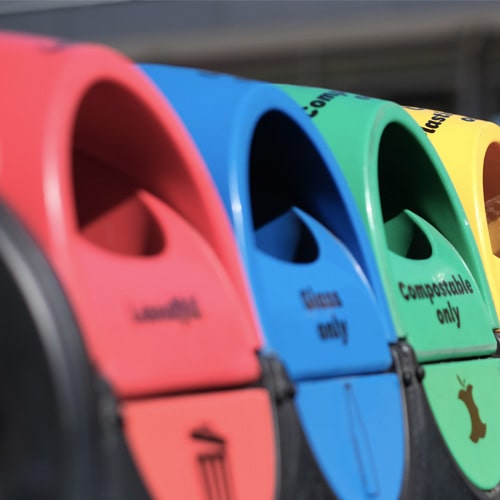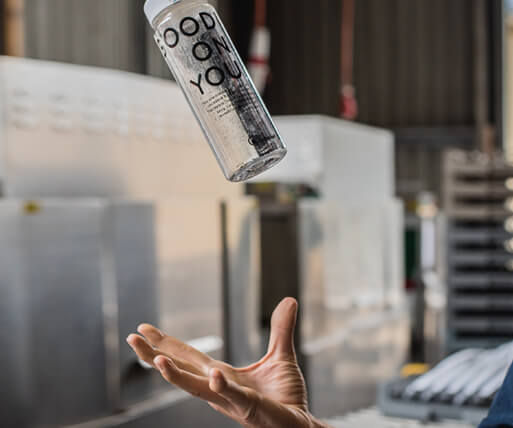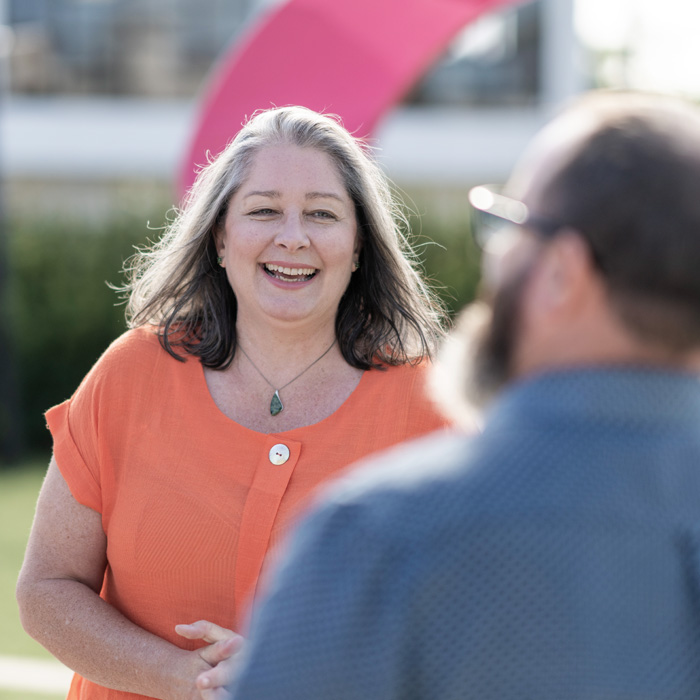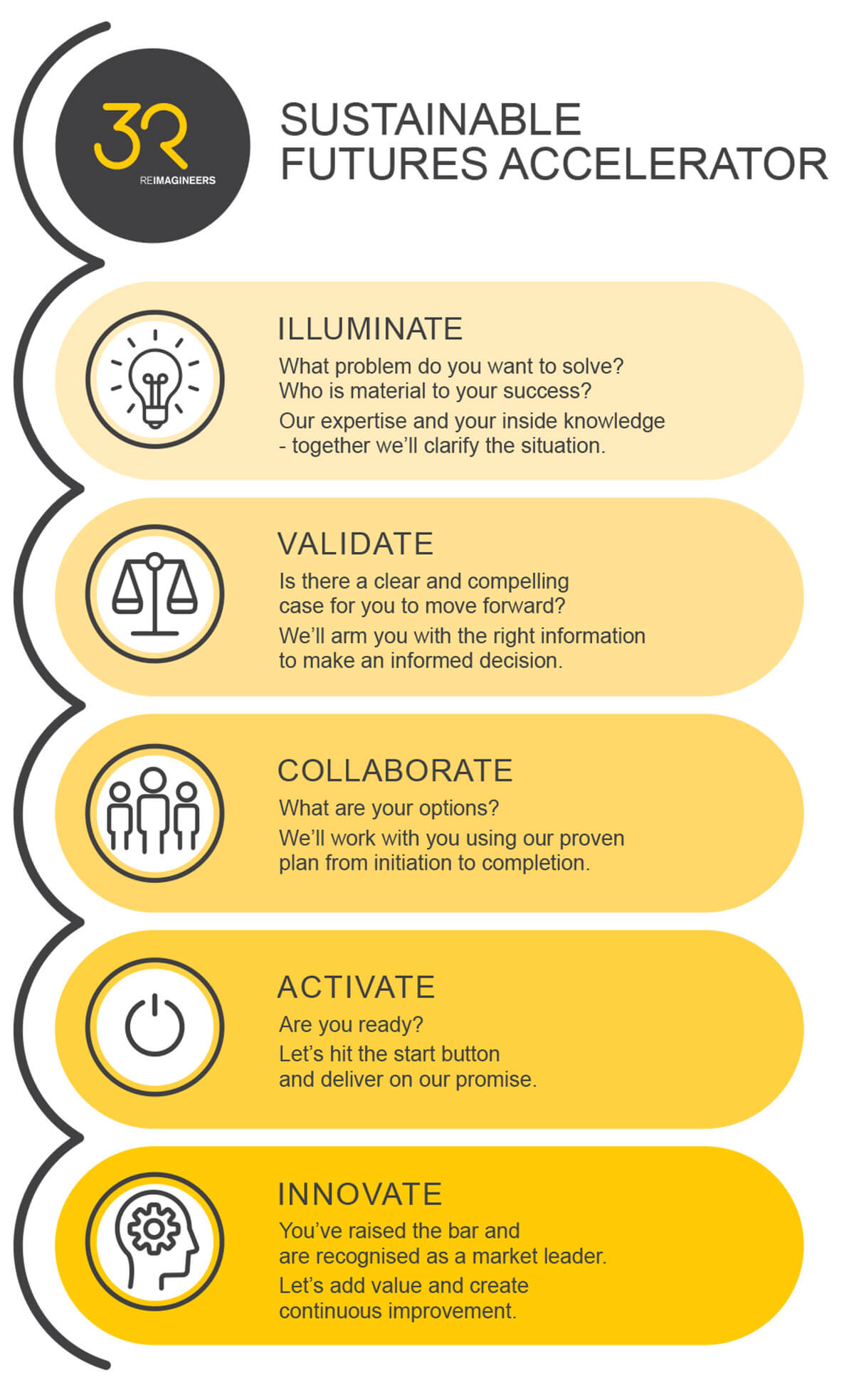Holistic approach crucial to sustainability success
Published in Bay Buzz
Humans can be wonderful problem solvers – just look at the modern world of comfort and convenience we have built for ourselves. However, while we are good at tackling individual issues, taking a holistic, system-wide approach isn’t always the norm.
Unfortunately, pulling one lever seldom changes the system and can have unintended consequences.
Examples abound
When LVR (loan to value ration) restrictions were imposed in Auckland to try and cool the house market it resulted in investor money moving out to the regions, driving up prices there.
When early European settlers in New Zealand tried to tackle the issue of rabbits (which they had introduced) they brought in stoats and ferrets, only to have them become a huge problem for native species to this day.
A more recent example is compostable packaging. Growing demand by consumers to tackle packaging waste, and impending government bans of some plastic types meant many manufacturers and retails have begun turning more and more to compostable packaging as a solution.
However, the fact there isn’t a national collection system or adequate processing capacity in New Zealand for compostable packaging hasn’t been factored in. The intention – to reduce plastic pollution – may have been good, but the result has been tonnes of compostable packaging going to landfill (where it creates greenhouse gases) or contaminating recycling streams.
It can become a classic chicken and egg situation, which is why analysis of the whole lifecycle is so important.
Going it alone works (to a point)
There are some great examples of businesses which have led the charge and set up their own systems to return and process the waste their products generate, or help reduce waste in the first place. The success is dependent on their control of the supply chain and the percentage of the market they have though.
One good example is coffee cup sharing scheme Again Again. It has built up a network of nearly 150 cafés around New Zealand, including in Hawke’s Bay, which offers a standardised, reusable coffee cup through a deposit system. A mobile app helps customers keep track of their borrowed cups, how much waste has been avoided and their account balance.
Again Again has also branched out to offer takeaway food containers too, using the same principal of a standardised, reusable container and a deposit to incentivise returns. Its achievements are commendable both in terms of preventing waste from going to landfill, and changing consumers’ attitude to reusable options.
Innocent Packaging is one example of a producer which has set up a collection and processing system for its products. Its ‘The Full Package’ service offers its customers a system to collect and return their packaging and return it to Innocent Packaging to be composted.
More often than not though, in a free-market system such as ours with multiple players, industry-wide collaboration is vital to tackle a problem at scale.
Start at the end
When you tackle the problem, sometimes you must begin at the end – what waste is produced and where does it go? We can then look back up the pipeline to see where systematic changes need to be made to achieve a truly sustainable end-of-life solution.
This means looking at all aspects of a product. Where and how is it produced, what does the supply chain look like, where is it used, what use it can have after disposal and what can we learn from others around the world who have been successful in tackling the same problem.
Why work together?
Working with multiple stakeholders to reduce waste is our forté. Bringing competing businesses together to tackle a common problem isn’t always the simplest or quickest method but is the best way to create system-wide, lasting change.
This change isn’t just about environmental best practice either. Through collaboration an industry can reduces costs, improves efficiencies and increases social license to operate.
Two examples which we have been involved in are regulated product stewardship schemes for tyres and refrigerant gases. Both have overwhelming industry support for tackling major issues – end-of-life tyres, which can create significant harm to people and planet, and refrigerant gases, which are some of the most potent contributors to climate change.
Both schemes take a whole-of-lifecycle approach and will manage not only what happens to the products at the end of their life but the entire process. For refrigerant gases, for example, this means ensuring instillations are compliant, proper training for technicians, and correct transport, collection and disposal to prevent leaks into the atmosphere.
For tyres it means not only ensuring they are collected at the end of life, but there is a standard recycling fee, safe storage, end markets for the old tyres, and accurate record keeping among other considerations.
Forging a more sustainable future is of paramount importance and, while the solutions may sometimes seem simple, it takes collaboration to make them work and to make them stick.
Dominic Salmon is 3R’s Business Development Manager
Connect with Dominic on LinkedIn







